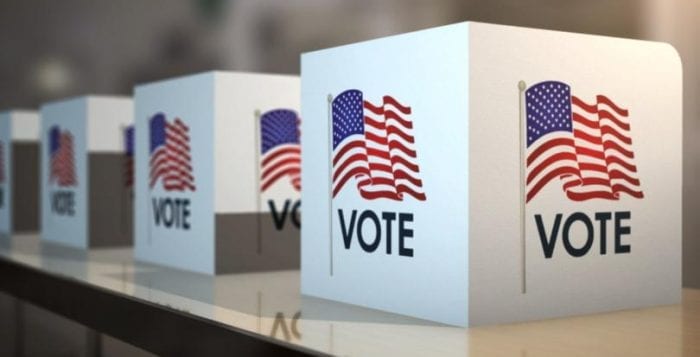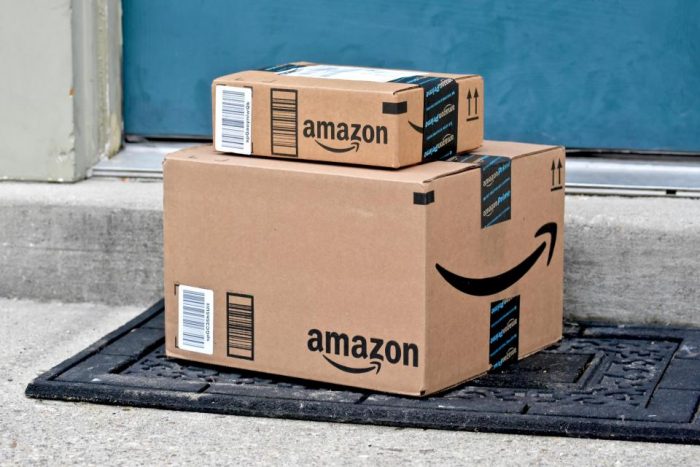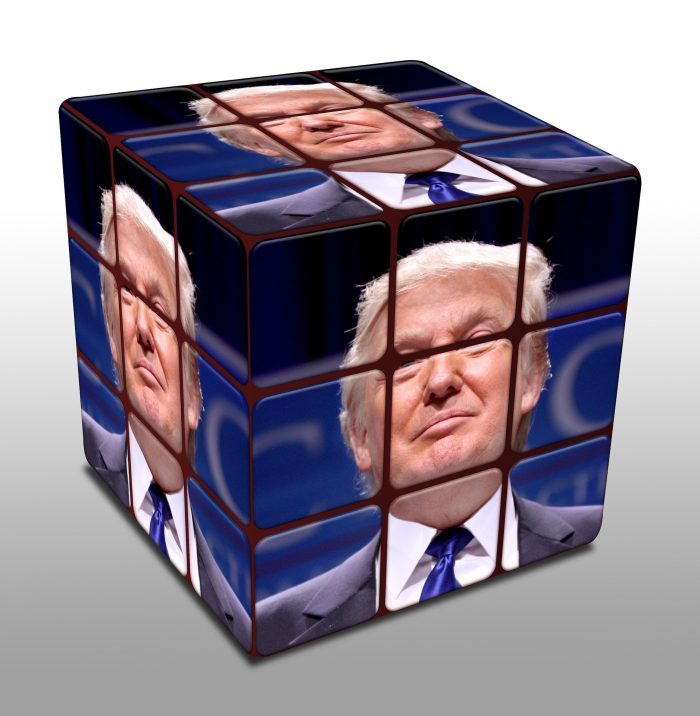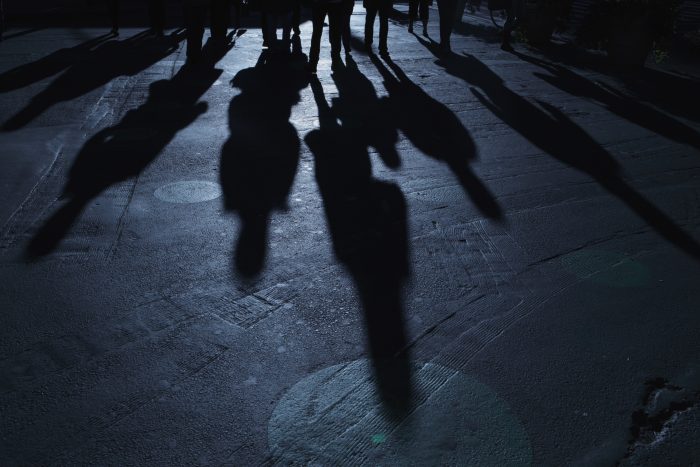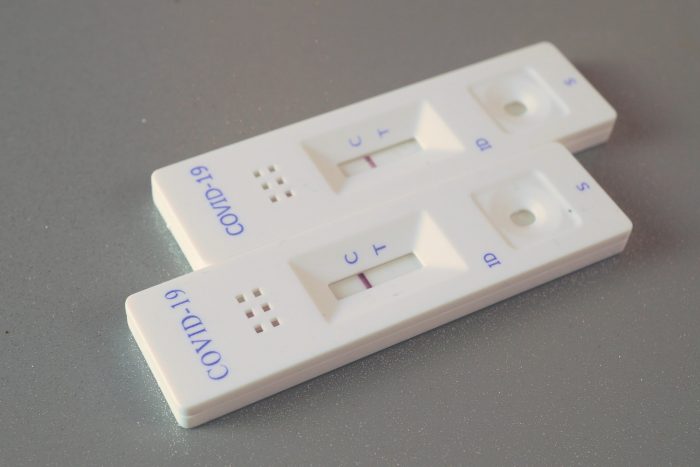Over the summer, dozens of nonprofits and organizations hosted beach and park cleanups across Long Island.
People came together with their trash bags in hand to pick up debris and trash. Families made days out of it, grabbing dinner afterward with the kids. Couples turned it into a bonding experience.
While it’s inspirational and helpful for members of the community to work together to clean up the communities in which we live, shouldn’t the town government take the lead with these efforts?
To that end, the road along Route 25A in Setauket has eyesores that detract from the beauty and safety of our community, including several dead trees, overgrown gardens, leaves and debris. Street lights that protect pedestrians and help drivers navigate the area are dimming, making them less useful as we approach days with less sunlight.
Long Islanders receive and appreciate the return on investment from their taxes, particularly when roads are cleared after a storm or when children receive excellent educations from public schools. Given the tax bill, however, shouldn’t the town be able to use some of that money for upkeep?
The community doesn’t police itself and shouldn’t need to clean up accumulating messes or detritus from trees or other vegetative growth. Residents can, and should, dispose of their own trash. Landlords should also take responsibility for the space outside their residences.
As for those public places the village, town or county oversees, those responsible for upkeep on those properties should step up their game.
We appreciate the work the municipalities do, particularly under difficult circumstances and, at times, with limited resources. We are also grateful to the go-getters whose efforts enhance the beauty of the communities we share.
At the same time, we need our elected officials and people with authority to take action to remove these dead trees, fix dim lights and remove garbage by the side of the road. The effort they put in now will save money and aggravation later, as well as improve the local environment.


